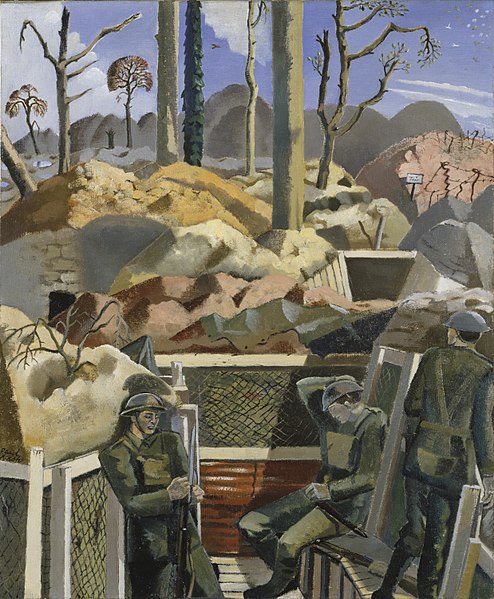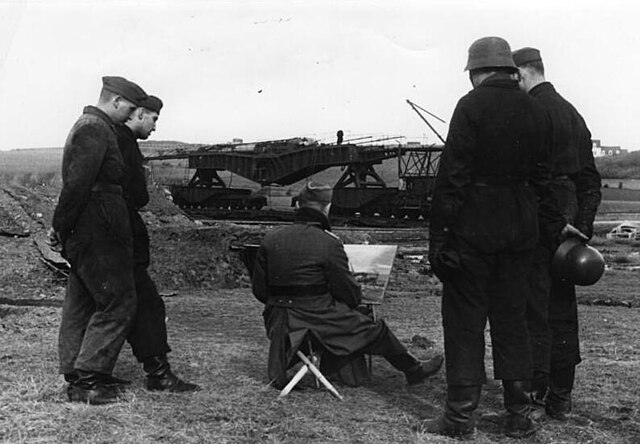Military art is art with a military subject matter, regardless of its style or medium. The battle scene is one of the oldest types of art in developed civilizations, as rulers have always been keen to celebrate their victories and intimidate potential opponents. The depiction of other aspects of warfare, especially the suffering of casualties and civilians, has taken much longer to develop. As well as portraits of military figures, depictions of anonymous soldiers on the battlefield have been very common; since the introduction of military uniforms such works often concentrate on showing the variety of these.
The Surrender of Breda by Diego Velázquez (1634–35) shows a crowded scene as the two sides meet peacefully to surrender the town.
The Battle of Poitiers in 1356, in a manuscript of Froissart's Chronicles of c. 1410
The Roman Alexander Mosaic showing Alexander the Great (left) defeating Darius III of Persia; a floor mosaic excavated from Pompeii, c. 100BC
The entire 70 metres (230 ft) long Bayeux Tapestry. Individual images of each scene are at Bayeux Tapestry tituli. (Swipe left or right.)
A war artist is an artist either commissioned by a government or publication, or self-motivated, to document first-hand experience of war in any form of illustrative or depictive record. War artists explore the visual and sensory dimensions of war, often absent in written histories or other accounts of warfare.
Spring in the Trenches, Ridge Wood, 1917 by Paul Nash. Nash was a war artist in both World War I and World War II
A war artist in German-occupied France in 1941
Australians and New Zealanders at Klerksdorp 24 March 1901 by Charles Hammond
The Fall of Nelson, Battle of Trafalgar, 21 October 1805 by Denis Dighton, c. 1825








